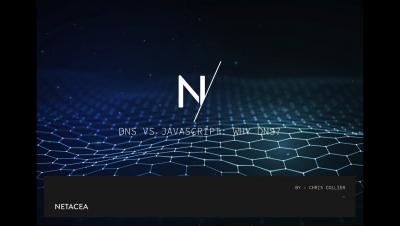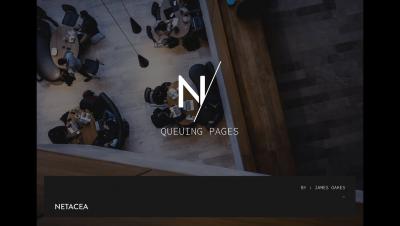Weekly Cyber Security News 31/08/2018
A selection of this week’s more interesting vulnerability disclosures and cyber security news. Some horrendous lapses of security this week, all of which I’m going to ignore as they are too obvious. The ones I want to highlight (oh dear, a pun to come, sorry), are in my usual sphere of interest: hardware hacks and IoT.









